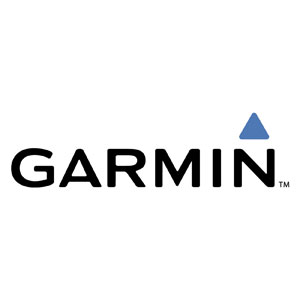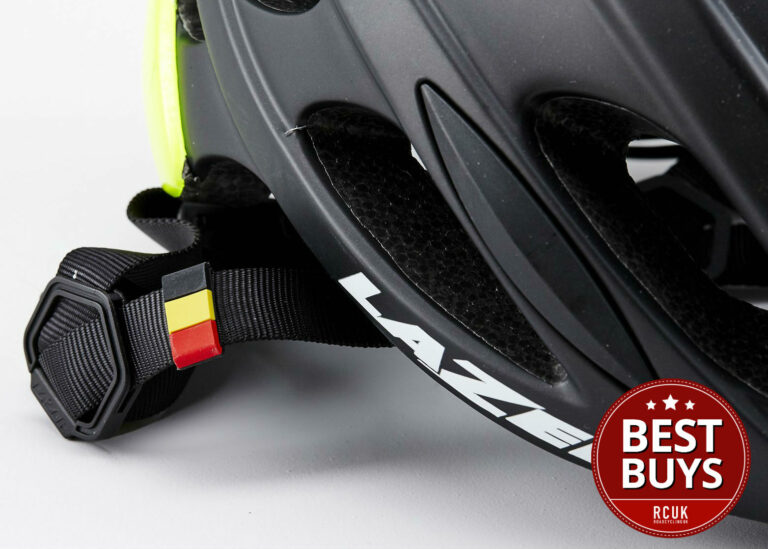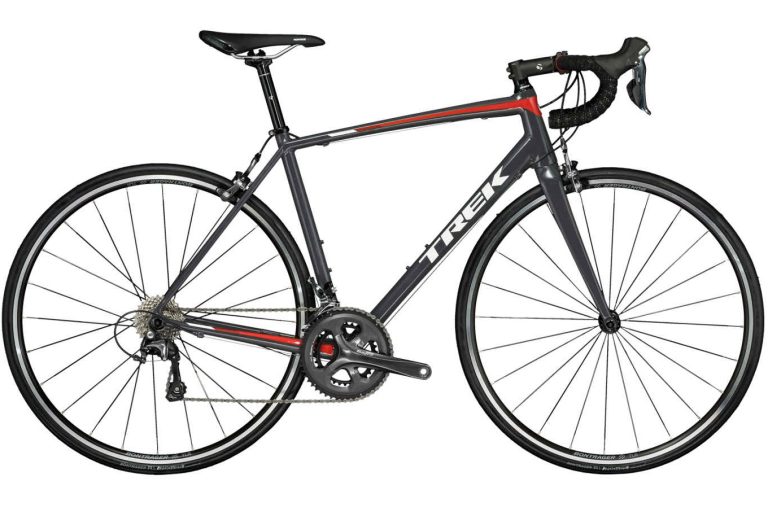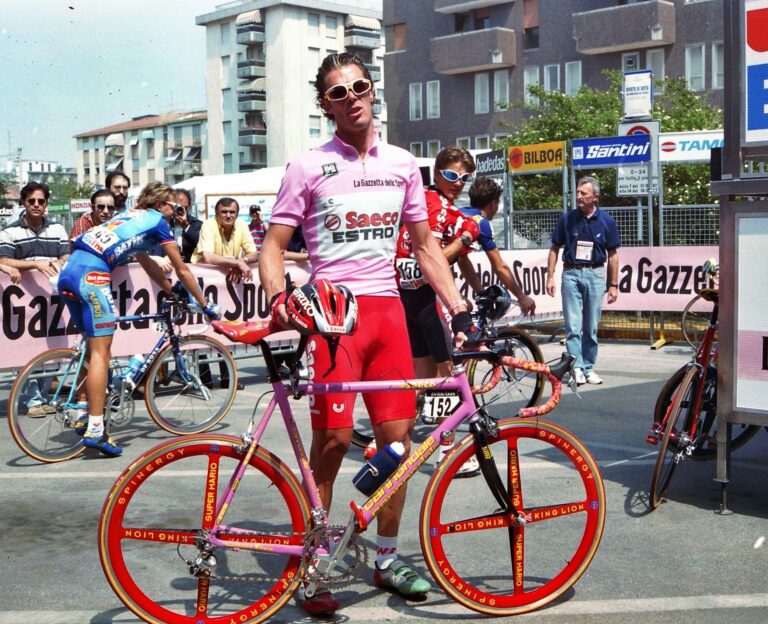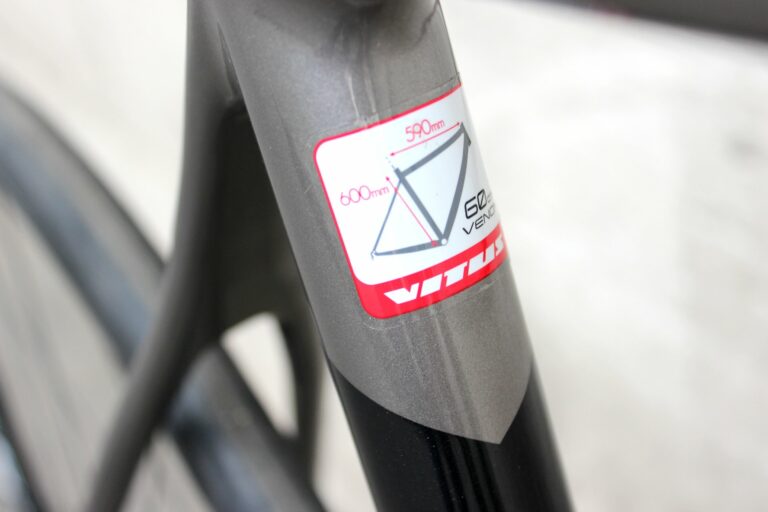


I got a play with the new Garmin Edge 800 at the Eurobike cycle show a couple of weeks ago, and while I was impressed with it during a brief demonstration, I knew I wouldn’t get a good idea of just what it was like until I could use one on a ride.
So when an invite came mine and Richard’s way to spend the morning with the Garmin-Slipstream professional cycling team and to try out the Edge 800 earlier this week, we rapidly cleared our diary, jumped in the car and headed to the New Forest.
With an Edge 800 strapped to the stem of my Focus road bike, I set off for a gentle bimble with Dan Martin, Cameron Meyer and their team mates. Oh, and about 250 rival journalists, bike shop owners, dealers and Garmin employees, all keen to take this rare opportunity. Thus began my first hands-on experience with the latest product from Garmin.
And on first impressions, I have to say it didn’t fail to live up to my expectations based on that initial first look at Eurobike. Setting it up on the bike is a cinch as gone is the fiddly zip tie clamp – prone to failure – of the Edge 705 and instead the Edge 500’s twist-and-lock clamp is used. It’s held in place with two rubber bands. Not only does this make installation easier, it also means it’s a doddle to swap between different bikes – an obvious advantage to those with a large collection of bikes.
The 800 is the company’s first touchscreen model in the Edge series. In use the colour screen is vibrant and easy to read when pedalling along. It is bright and easy to read at speed, and visibility is excellent in the range of lighting conditions we experienced; even in bright sunlight there was no glare.
The carbon-fibre-wrapped unit (it’s not real carbon) has just two external buttons – compared to the 705’s four buttons and a joystick setup. There’s a lap/reset button and another for start/stop, located beneath the screen. The rest of the 800’s functionality is controlled by finger inputs on the touch sensitive screen.
A swipe of the finger from one side to the other navigates through these modes, or a prod of the two arrows at the base of the screen can be used for switching between the available data screens, of which there are four; ride data, a map, virtual partner and elevation.
To access the main menu there’s a menu button at the base of the screen. It disappears after a couple of seconds so you get the full screen to view the maps, only to reappear when you touch the screen. Within the menu I find that it’s been vastly simplified. Now there’s just four options; Where To, Training, History and Courses. A big improvement and one we’re very impressed with.
The device itself is slightly smaller than the 705 but the 2.6in colour screen is far larger, filling most of the plastic housing. It’s slimmer too, and a bit lighter. Any concerns about the security of the clamp or the 800 wobbling around were quickly put too rest when I rode over a couple of cattle grids; it didn’t budge one bit.
Other notable changes include a greatly improved battery life, claimed as 18 hours – I’ll have to wait for a test unit before I can verify this. The new rechargeable lithium ion battery pack is a great addition and one that will please long distance cyclists (it can also be used with the 705 and 500, in case you’re wondering).
What really impressed with the 800 on my hour-long ride was the speed. Switching between the menus and diving into the various settings is noticeably faster than either the 500 or 750. The screen is responsive, and though we were wearing fingerless gloves (it was 24 degrees after all), I found it a breeze to change through the modes when riding along.
As for mapping, this is an area of great improvement too. Those faster internals are especially noticeable when zooming in for extra detail or panning out to get a broad overview of the area. A microSD slot, hidden underneath a rubber flap at the base of the unit alongside a mini-USB slot, accepts Garmin’s City Navigator for the road, 1:50,000 scale Ordnance Survey map of the whole of Great Britain or an optional 1:25k scale GB Discoverer map of your favourite National Park.
Availability is expected sometime in October. Prices start from £349 for just the standard Edge 800 kit, rising to £399 if you want a cadence/heart rate kit and topping out at £449 for all the maps. The battery pack will cost £69.
RCUK will be getting one in for test soon and will be able to explore a lot more of the functionality, testing the improved mapping capability, and comment on it during real world situations.

